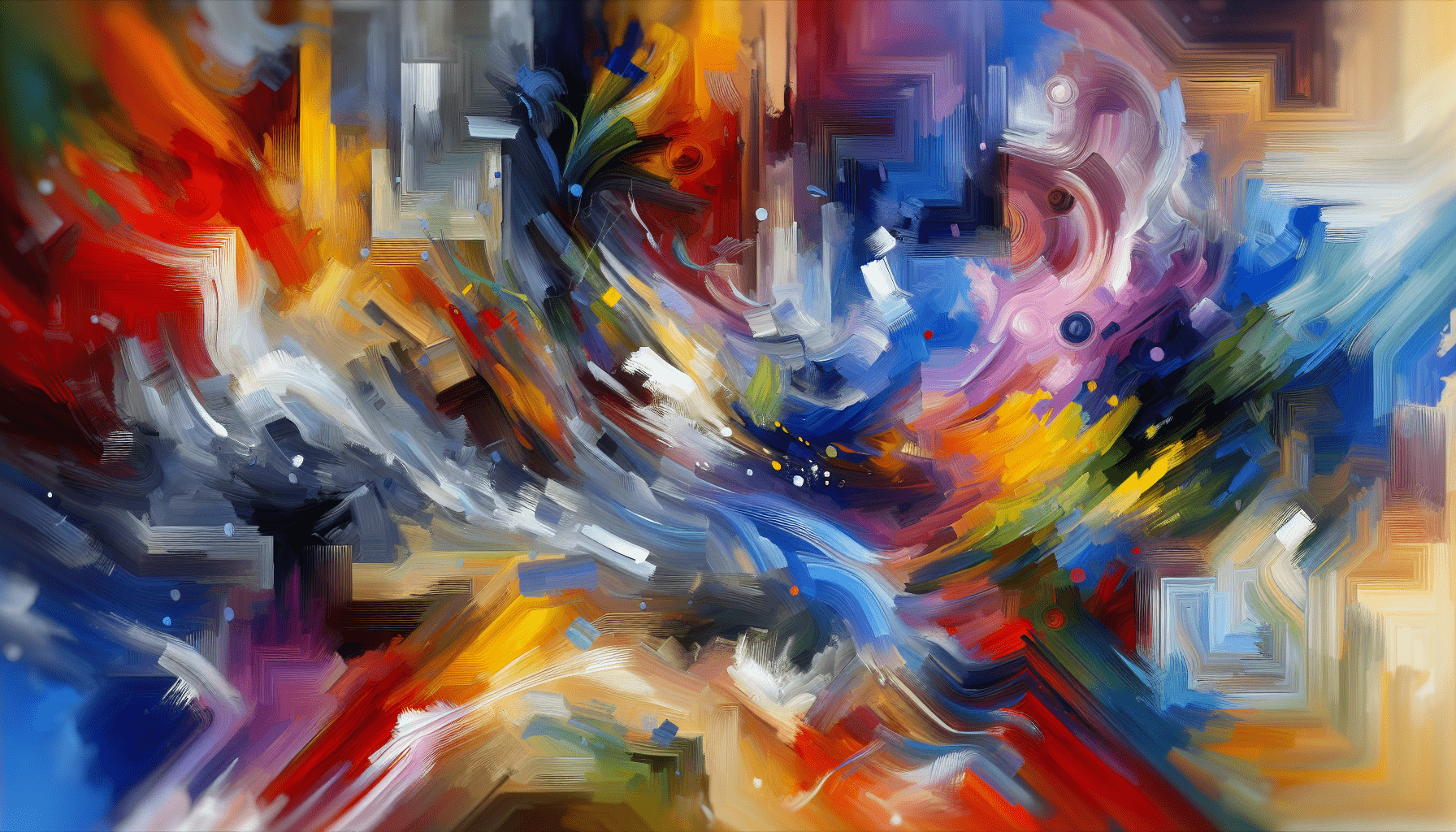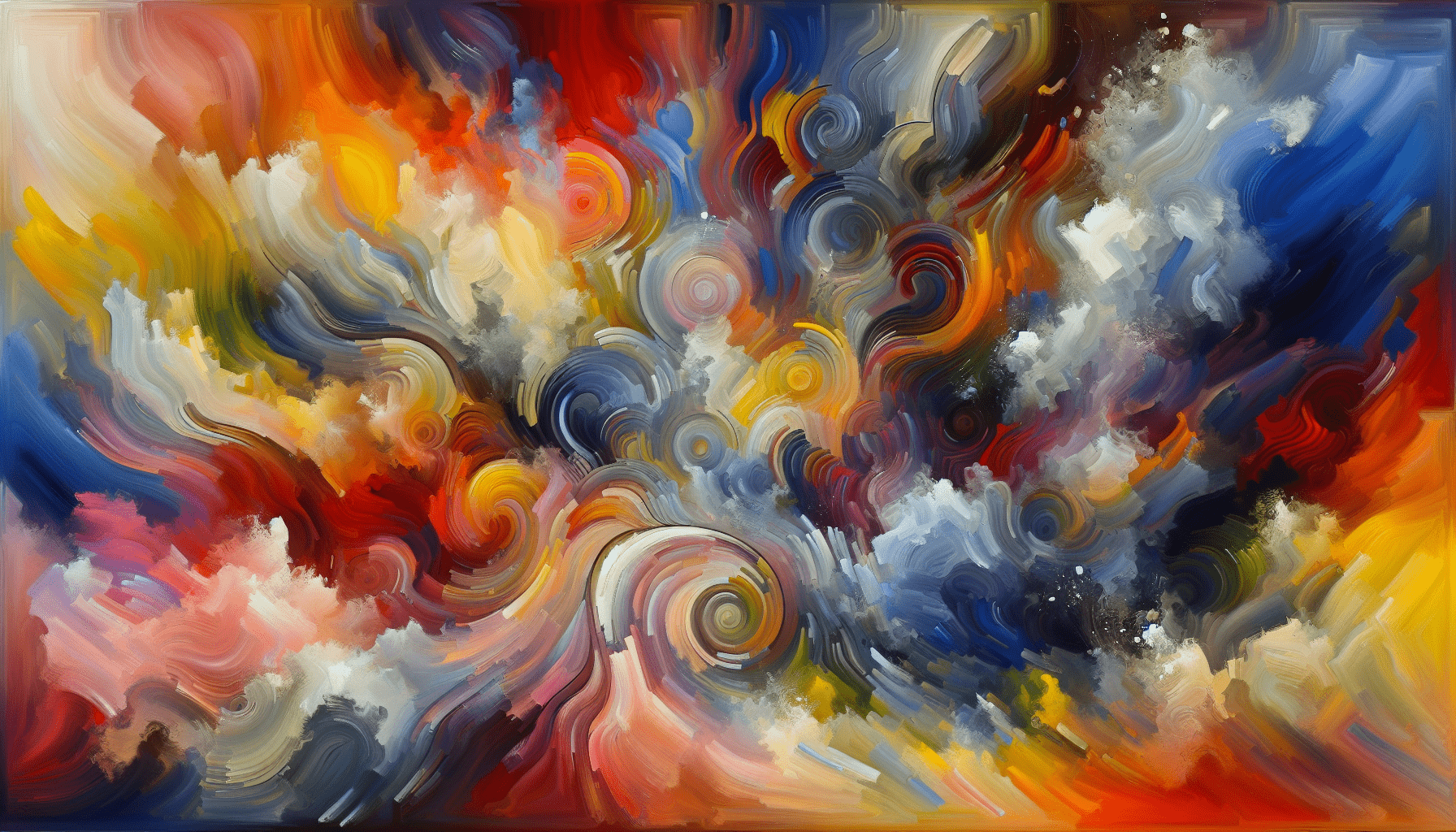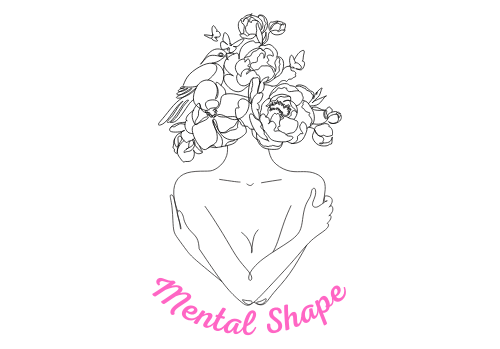Art has always been a powerful medium for expressing emotions that words may not be able to fully capture. Whether it’s through vibrant paintings, captivating sculptures, or soul-stirring music, art has a way of connecting us to our deepest feelings and allowing us to express them in a unique and meaningful way. In this article, we will explore the importance of art in helping us convey and process our emotions, as well as how it can provide a sense of catharsis and healing. Through artistic expression, we are able to communicate our innermost thoughts and feelings, creating a dialogue between our hearts and minds that can be both therapeutic and liberating. So next time you’re feeling overwhelmed by emotions, why not pick up a paintbrush or put on some music and let your creativity flow? You may be surprised at how art can help you navigate and understand your feelings in a way that words alone cannot. Have you ever found yourself feeling overwhelmed by intense emotions that you struggle to put into words? You’re not alone. Emotions can be complex, nuanced, and sometimes difficult to express verbally. This is where art comes in. Art has long been used as a powerful tool for expressing emotions that are difficult to articulate. Whether through painting, sculpture, music, or dance, art has the ability to capture the essence of feelings in ways that words cannot. In this article, we will explore the role of art in expressing emotions, and how it can help us better understand and process our innermost feelings.
Understanding Emotions Through Art
Art has a unique ability to tap into the depths of our emotions and provide a visual or auditory representation of how we feel. When we look at a painting or listen to a piece of music, we are often struck by an immediate emotional response. This is because art has the power to evoke emotions in ways that are visceral and deeply personal.
Visual Art
Visual art, such as paintings, drawings, and sculptures, offers a window into the artist’s emotional world. Through color choice, brushstrokes, and composition, artists can convey a wide range of emotions – from joy and love to sadness and despair. When you look at a painting, pay attention to how it makes you feel. Do the colors evoke a sense of calm or excitement? Does the subject matter resonate with your own experiences and emotions?
Music
Music is another powerful form of art that can stir up emotions within us. Whether it’s a haunting melody or an upbeat rhythm, music has the ability to transport us to different emotional states. Have you ever listened to a song that brings tears to your eyes or makes you want to dance? Music has a way of speaking to our souls and capturing the essence of our emotions in a way that words alone cannot.
Expressing Emotions Through Art
Art is not only a tool for understanding emotions, but also a means of expressing them. When we create art, whether through painting, writing, or dancing, we have the opportunity to channel our emotions into a tangible form. This can be incredibly cathartic and healing, allowing us to release pent-up feelings and gain clarity about our emotional state.
Writing
Writing is a powerful form of artistic expression that can help us process and make sense of our emotions. Whether it’s through journaling, poetry, or storytelling, putting pen to paper can be a therapeutic way to explore our innermost thoughts and feelings. Try writing a letter to yourself expressing everything you’re feeling – you might be surprised at what comes out.
Dance
Dance is a physical form of expression that can be incredibly liberating when it comes to emotions. Moving your body in response to music can help release tension, anxiety, and stress, allowing you to connect with your emotions on a deeper level. Try putting on your favorite song and letting your body move freely – you might find that it helps you release emotions you didn’t even know you had.

Art as Therapy
Art therapy is a form of psychotherapy that uses artistic expression as a means of processing emotions and gaining insight into our inner world. Through guided art-making exercises, individuals can explore their emotions in a safe and supportive environment, under the guidance of a trained therapist.
Benefits of Art Therapy
- Emotional Expression: Art therapy provides a safe space for individuals to express emotions that are difficult to verbalize.
- Self-Exploration: Through the artistic process, individuals can gain insight into their emotions and thought patterns.
- Stress Relief: Engaging in art-making can be a relaxing and stress-relieving activity that helps individuals release pent-up emotions.
- Communication Skills: Art therapy can help individuals improve their communication skills by finding alternative ways to express themselves.
Tips for Using Art to Express Emotions
If you’re interested in using art as a way to express and process your emotions, here are a few tips to get you started:
-
Start Small: You don’t need to be a professional artist to use art as a form of emotional expression. Start with simple exercises like doodling, coloring, or sketching to get comfortable with the process.
-
Experiment with Different Mediums: Don’t be afraid to try different art forms to see what resonates with you. Whether it’s painting, collage, sculpture, or photography, there are endless ways to express yourself artistically.
-
Create a Safe Space: Find a quiet and comfortable space where you feel free to explore your emotions through art. Play some music, light a candle, or set up your art supplies in a way that feels inviting and inspirational.
-
Let Go of Judgment: Remember that the goal of using art for emotional expression is not to create a masterpiece, but to connect with your feelings in a meaningful way. Allow yourself to be vulnerable and open to the process.
-
Seek Support if Needed: If you’re struggling to process intense emotions on your own, consider seeking the help of a therapist or art therapist. They can provide guidance and support as you navigate your emotional journey through art.

Conclusion
Art has the power to transcend language and speak directly to our emotions in ways that are profound and transformative. Whether you’re looking to better understand your feelings or find a creative outlet for emotional expression, art can be a valuable tool in your emotional toolkit. So why not pick up a paintbrush, put on some music, or dance your heart out the next time you’re feeling overwhelmed by emotions? You might be surprised at how liberating and cathartic the experience can be. Remember, your emotions are valid, and expressing them through art is a beautiful and impactful way to honor your inner world.
